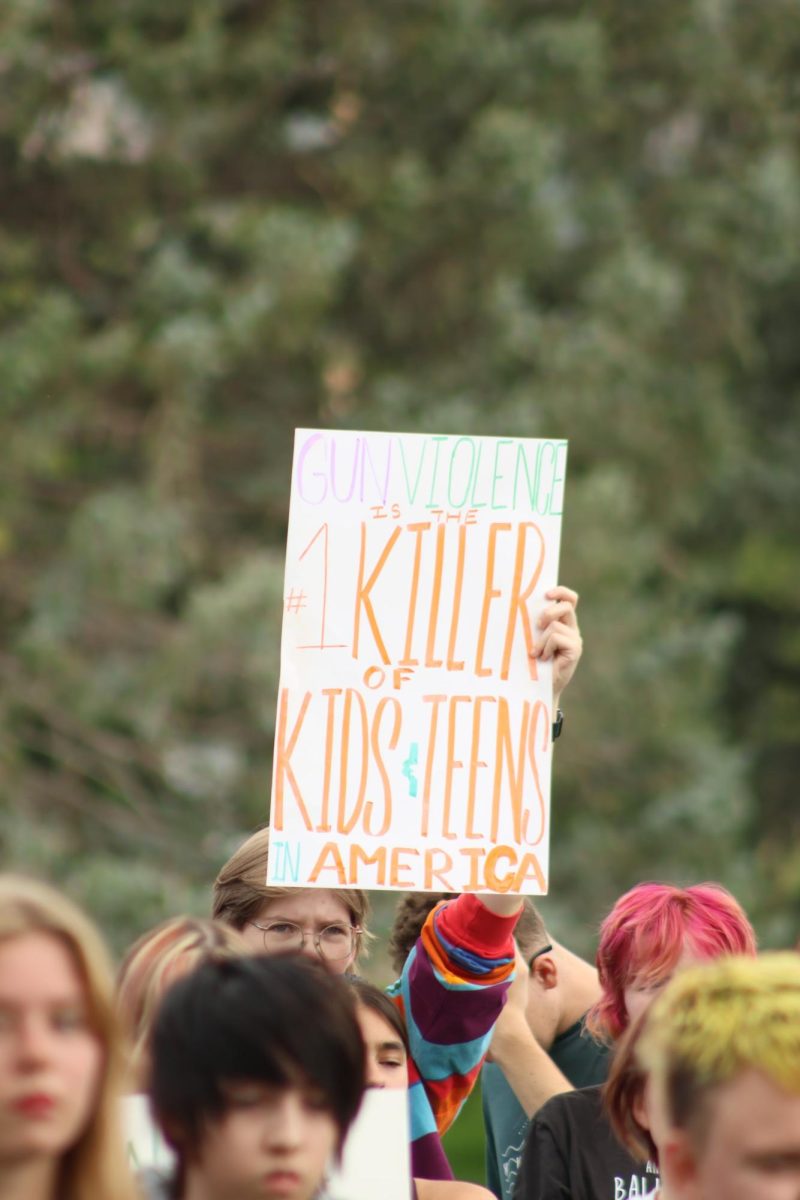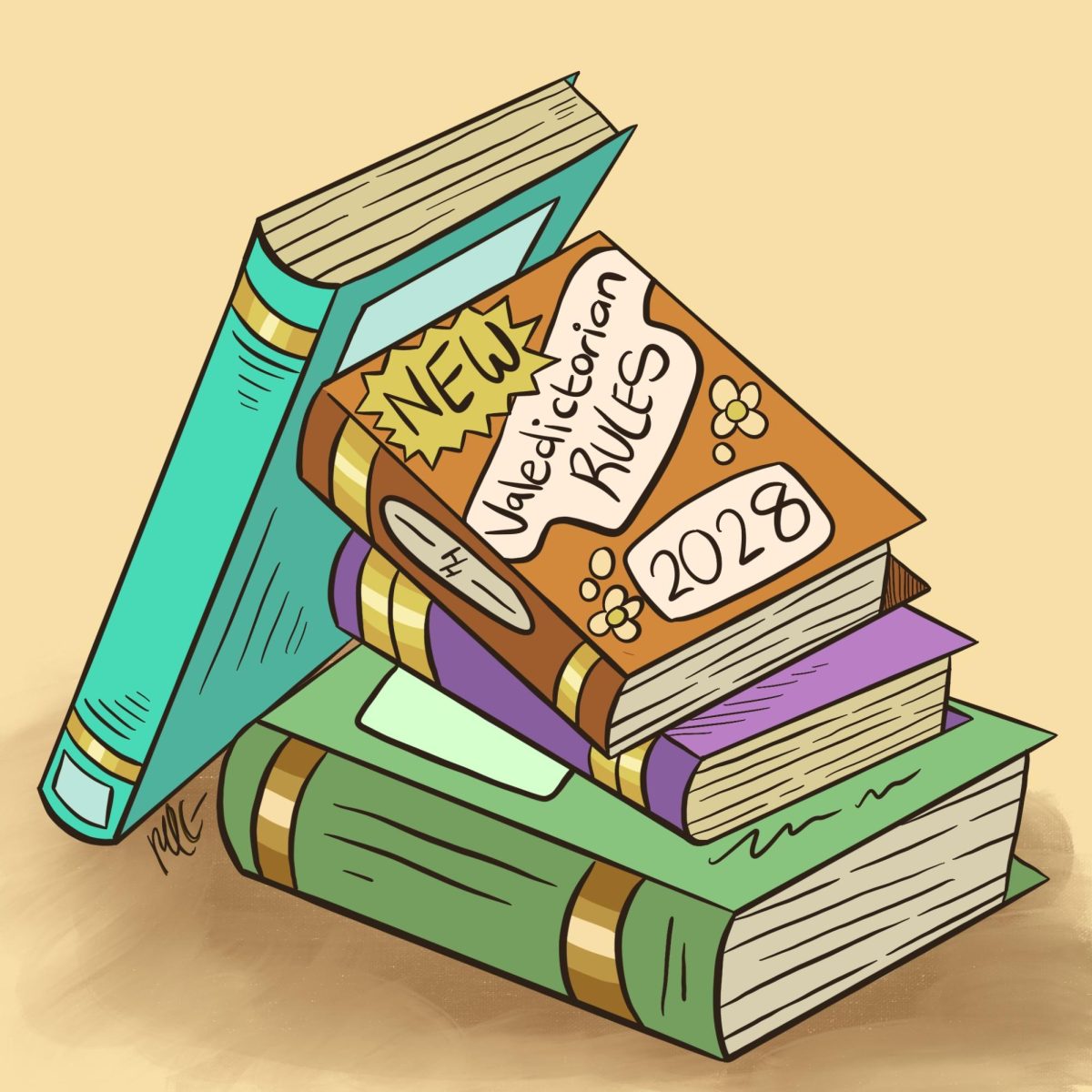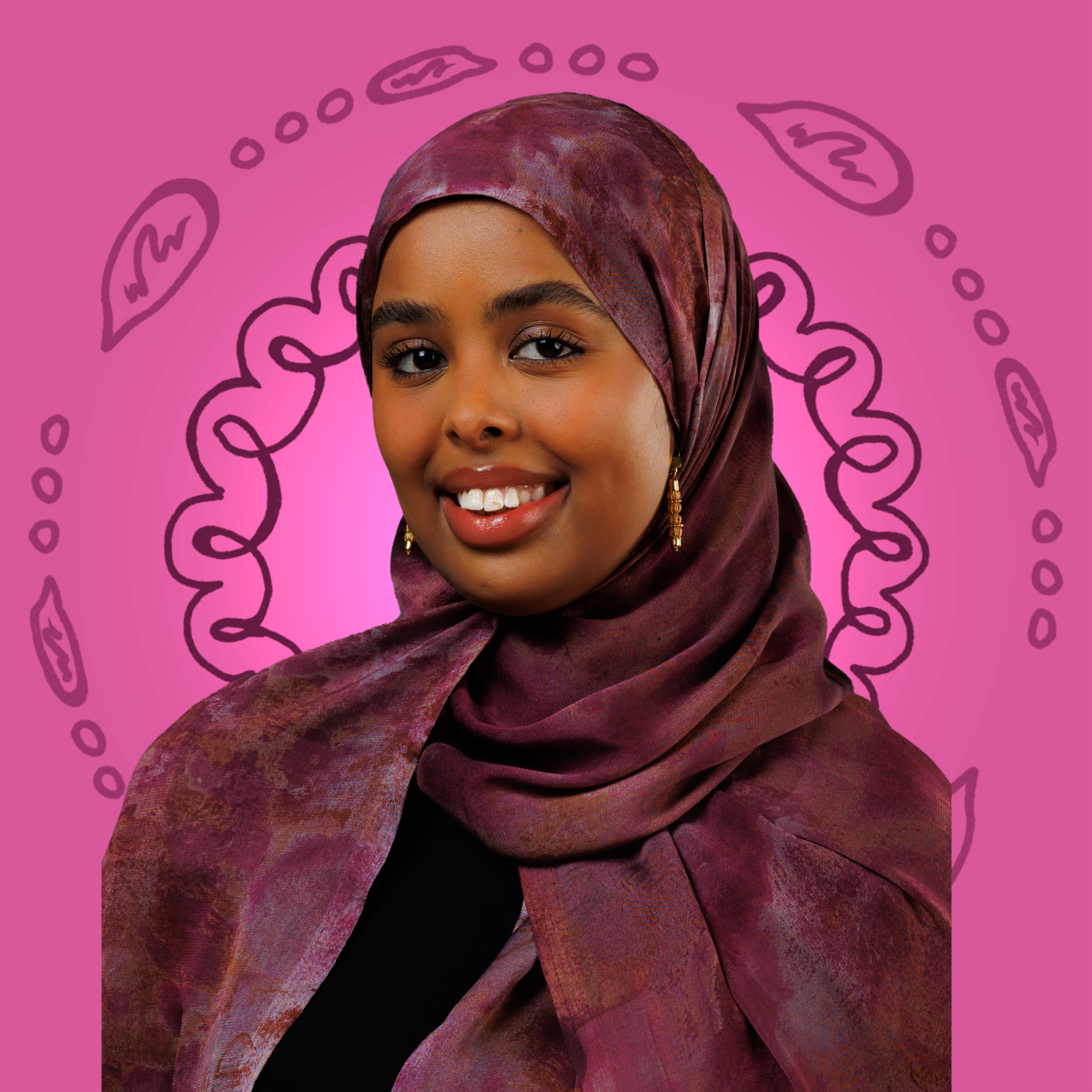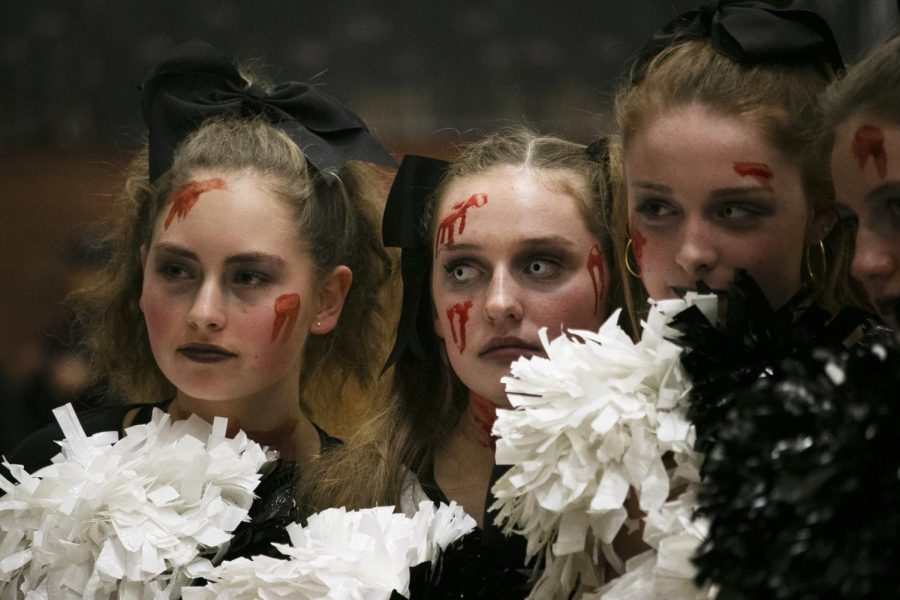Utah’s Black history isn’t often talked about. Highland’s Black Student Union aims to change that.
Highland’s BSU organized and displayed a “museum” of Black history in Utah, ranging from early adventurers who explored the area long before the Mormon pioneers to modern day activists, speaking out about their plight.
The BSU put a handful of posters displaying important Black figures from Utah’s history, such as James Beckwourth, books from the past that show both the racial stereotypes Black people have faced and their history, among other things significant to Utah’s Black history.
They also had a bus parked by the middle doors marked with black, green, and yellow colors and big, white letters declaring it to be the Black History Museum.
Highland’s BSU arrived at 7:30 a.m. to help the volunteers from the Black History Museum set up, and then answered questions students had during lunch.
The event was organized by Tiffany Rasmussen, who along with Dierdre Straight leads Highland’s BSU, which is relatively new to Highland.
“This is Highland’s second year with a BSU, so we are relatively new,” Takarah Parker, a sophomore at Highland and the President of Highland’s BSU, said.
Highland is the newest school in the region to get a Black Student Union, however Highland also has the first Step team attached to it, which furthers Parker’s desire to build something for future generations to enjoy.
“We are actively making Black Utah history,” Parker said. “There’s a saying in our community, ‘we are Black history.’ With every event we hold, with every meeting we have, we are making Black Utah history, we are making Highland Black history by showing the world who we are.”
Parker wants the BSU, while being inclusive to all students, to help Black students with opportunities they wouldn’t have had otherwise.
“It’s our BSU’s chance to be the majority in a world where they are the minority,” Parker said.
Often, local Black history isn’t taught in schools, nor are they even mentioned.
“I’ve grown up going to predominantly white institutions…so a lot of this was stuff I was learning for the first time. I think that was the true consensus of our BSU members of we’re walking around the room, we’re looking, we’re going ‘I didn’t know this was my history.” Parker said. “And it was really emotional because you’re walking around and you’re going ‘these are my people, and I didn’t know they existed until 15 years into my life. These are people who fought for my right to be here in this hallway, for me to be doing this interview, for me to be president of the BSU. These are people who fought for my opportunities, and I didn’t know they existed until now. So, it is touching and emotional to look around and remember: Black people have been in Utah since the beginning, and we’re not going away any time soon.”






























